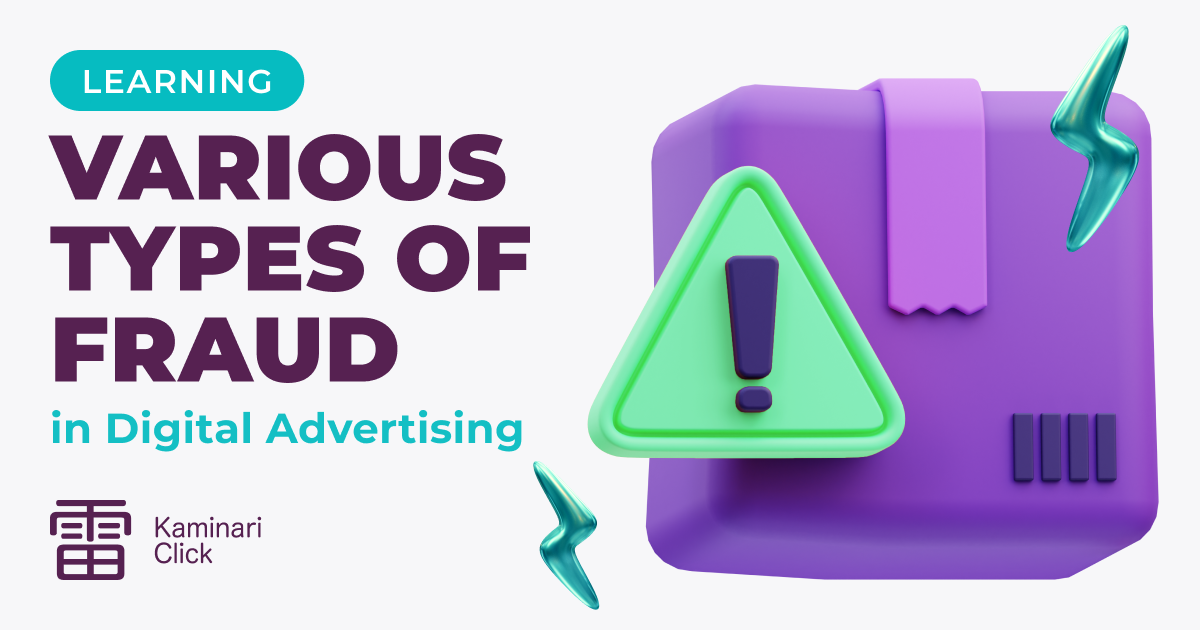Fraud in online advertising represents a significant threat to businesses, diverting funds and undermining the effectiveness of digital marketing campaigns. Understanding the various types of fraud is crucial for safeguarding your advertising investments and ensuring that your campaigns reach genuine audiences. This article provides an in-depth look at different forms of advertising fraud and highlights strategies to combat them.
Sophisticated Invalid Traffic (SIVT)
Sophisticated Invalid Traffic, or SIVT, encompasses complex forms of invalid traffic designed to mimic real user behavior, making it difficult to detect. This type of fraud is particularly harmful because it often goes unnoticed until significant damage has been done. Examples of SIVT include:
These sophisticated tactics require advanced detection systems to identify and mitigate effectively.
General Invalid Traffic (GIVT)
General Invalid Traffic, or GIVT, includes more easily detectable forms of invalid traffic. This category often involves straightforward, less sophisticated methods of generating fraudulent traffic, such as:
Bot Traffic. Non-human traffic generated by automated scripts or programs. While some bots serve legitimate purposes (like search engine indexing), others are used maliciously to inflate traffic statistics.
Spiders. Automated programs that crawl the web to index content, similar to bots, but with the specific purpose of gathering data from websites.
Although GIVT is generally easier to detect than SIVT, it still poses a significant threat if not properly managed.
Click Fraud
Click fraud occurs when individuals or automated systems generate fake clicks on ads. The primary goal is to deplete the advertiser's budget without providing any genuine user engagement. This type of fraud can take several forms:
Competitors. Competitors might click on your ads to drain your budget and reduce your ad visibility.
Ad Networks. Unscrupulous ad networks might engage in click fraud to increase their revenue at your expense.
Malicious Users. Individuals who click on ads with no intention of engaging with the content, often incentivized by various schemes.
Click fraud not only wastes your advertising budget but also skews your performance metrics, making it harder to evaluate the true effectiveness of your campaigns.
Domain Spoofing
Domain spoofing is a sophisticated fraud technique where fraudsters create fake domains that resemble legitimate ones. The primary objective is to deceive advertisers into placing ads on these fraudulent sites, thereby diverting ad revenue. This form of fraud can severely impact your advertising budget and brand safety. Key characteristics of domain spoofing include:
Fake Domains. Fraudsters register domains that look similar to popular, legitimate websites to trick advertisers.
Impression Fraud. These fake sites generate fake impressions, making it appear as though the ads are reaching a large audience when, in fact, they are not.
Detecting domain spoofing requires advanced verification systems that can identify discrepancies between the actual and reported domains.
Protecting Your Business with Anti-Fraud Solutions
To safeguard your business from these various forms of digital advertising fraud, it is essential to implement robust anti-fraud solutions. One such solution is offered by Kaminari Click. Their anti-fraud service is designed to detect and prevent numerous types of fraud, ensuring your advertising budget is used effectively and your campaigns achieve their desired outcomes.
Features of Kaminari Click's Anti-Fraud Service
Real-Time Detection. The system continuously monitors traffic to identify and block fraudulent activities as they occur.
Advanced Algorithms. Utilizing sophisticated algorithms to distinguish between legitimate and invalid traffic, even when it mimics real user behavior.
Comprehensive Reporting. Detailed reports provide insights into detected fraud, helping you understand and address vulnerabilities in your campaigns.
Conclusion
Fraud in digital advertising is a pervasive issue that requires diligent attention and advanced protective measures. By understanding the different types of fraud — SIVT, GIVT, click fraud, and domain spoofing — you can better prepare to combat these threats. Employing a robust anti-fraud service like Kaminari Click's can significantly enhance the effectiveness and security of your advertising campaigns, ensuring your budget is well spent and your business thrives in the digital marketplace.

